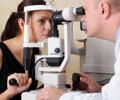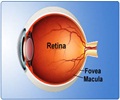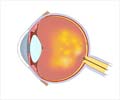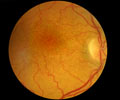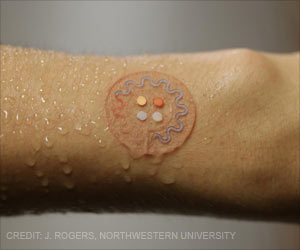The Blink Reflexometer, a high-speed videography-based device that triggers, records, and analyzes a blink reflex can measure neurological health.
- Blink reflex can be measured to see neurological health.
- A high-speed videography-based device to record and analyze a blink reflex has been developed.
- It could be used as a non-invasive diagnostic assessment of neurological health.
The Blink Reflexometer
The Blink Reflexometer, a portable device developed by the Zucker Institute for Applied Neurosciences at the Medical University of South Carolina that has since been licensed to BLINKtbi (Charleston, SC), uses high-speed video to capture and quantitatively analyze a series of blinks that it stimulates with puffs of air. The device analyzes the recorded blinks based on data acquired from decades of blink reflex research to determine if the patient has experienced neurological insult.
Measuring blink reflex
Three parameters were measured: latency (time between stimulus to first eyelid movement), differential latency (difference in start time between eyelids) and duration (time from start of eyelid movement to eyelid open). Latency and duration measurements obtained with the Blink Reflexometer were in line with published results; only differential latency fell outside of published ranges. These findings suggest that the Blink Reflexometer can provide quantitative measurements of the blink that are on par with those obtained via EMG.
"We are excited to be able to take something that had been qualitative and make it quantitative and objective," says lead author Nancey Trevanian Tsai, M.D. "We talk about metrics all the time in medicine but when you are actually able to provide quantitative, objective data, it's a game changer. It's analogous to the difference between saying someone is feverish to measuring the patient's temperature, an objective measurement, with a thermometer."
Clinical implications
This study was based on a small number of young, healthy patients, so larger studies in participants that better represent the general populace will be required. More studies will also be required to verify the usefulness of the blink reflex and of this novel device for neurological assessment in each area of clinical need. Although the Blink Reflexometer can measure changes in the blink reflex, it does not provide information on the underlying causes of those changes.
References:
- Nancey Trevanian Tsai, Jesse S. Goodwin et al. Development of a Non-Invasive Blink Reflexometer, IEEE Journal of Translational Engineering in Health and Medicine http://dx.doi.org/10.1109/JTEHM.2017.2782669


